Photographic Performances: CHARLOTTE JAMES and CLÉMENTINE SCHNEIDERMANN
|Lucy Broome
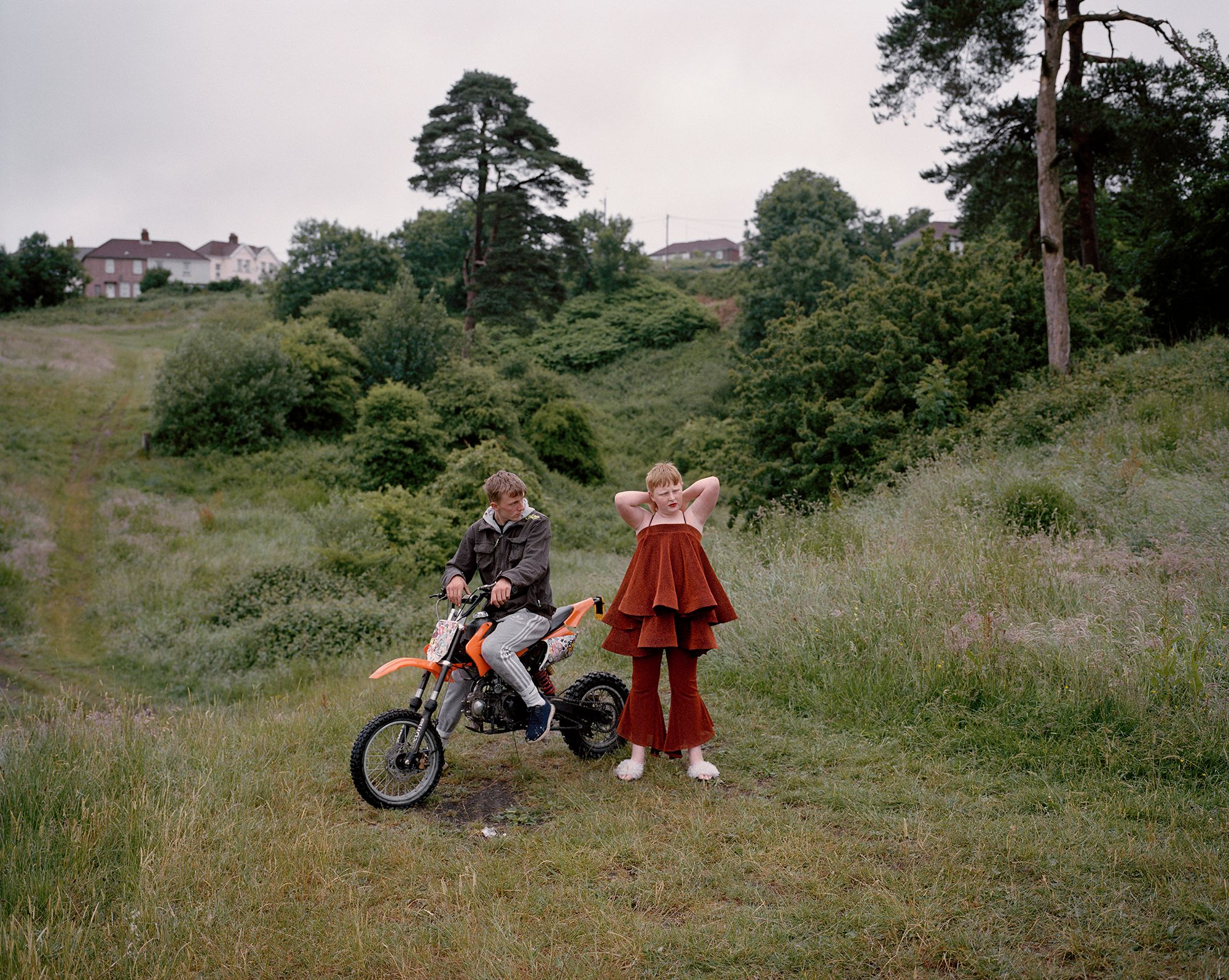
London, Paris — Merthyr.
The Merthyr Working Men’s Club, Wales, is a favorite spot for Welsh filmmaker and creative director Charlotte James and French photographer Clémentine Schneidermann. Like any Wild West setting — or in this case a Welsh pub, a few locals are scattered around watching the telly. While some linger around the pool table in the corner, others perch themselves at the bar. It is one of the settings where Charlotte James and Clémentine Schneidermann oversee an incongruous cohort of eight to fourteen-year-old children, with whom they collaborate. Together, they create images that tap into play, performance, and identity. The ongoing project’s title, It’s Called Ffaswin, references a candid response to a curious passerby who asked what on earth the youths were wearing.
“What are you wearing? You look like you’re going to a funeral.”
“It’s called fashion — look it up.”
James and Schneidermann’s work is an entry point into the world of fashion, art, and performance, which can be fairly inaccessible in the South Wales Valleys due to the lack of a tangible creative industry. Manifesting itself in an ingenious amalgamation of documentary and fashion photo that subverts conventional perspectives, the inclusion of the subject is central to the work. The pair’s methodology consists of workshops that run similarly to a youth club or summer school. Children from the Valleys attend the courses to learn skills in styling, sewing, photographing, and creative direction, having a hand in the overall conception of the project.
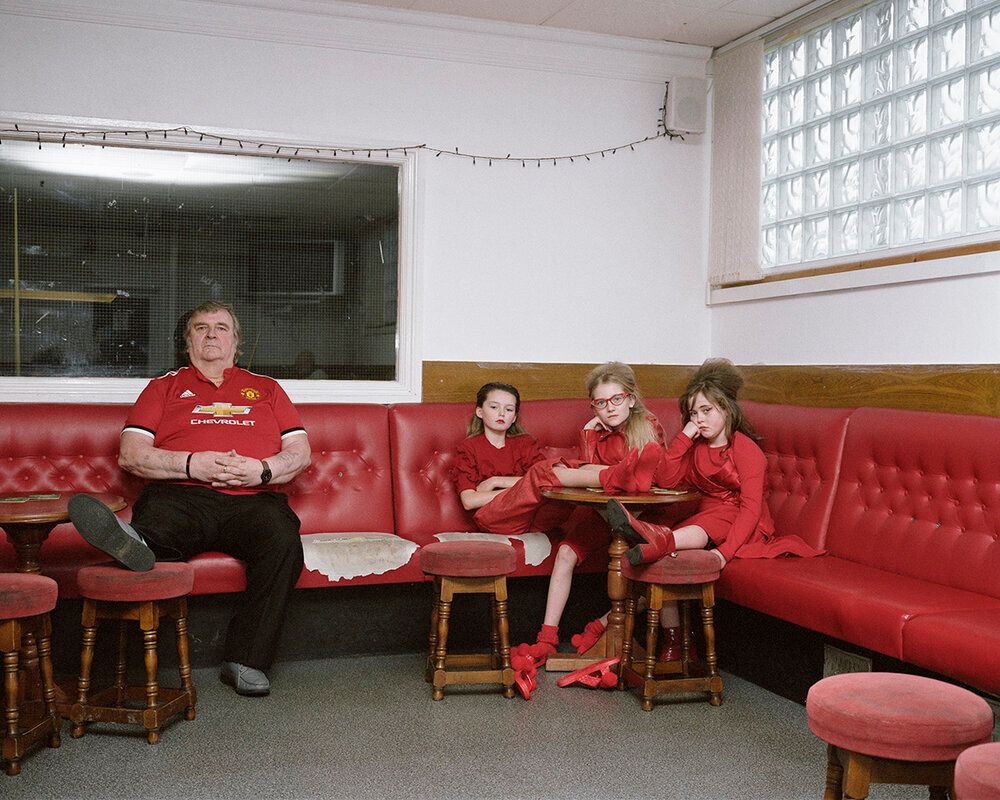
The Merthyr Working Men’s Club itself is not the usual site of glamour, but this juxtaposition is the essence of what the pair have coined “Bleak Fabulous.” Fashion in the Valleys has its own latent look. For James, the sight of Steve Strange — front man of the iconic British New Wave band Visage and pioneer of London’s Blitz club and eponymous Blitz Kids — putting makeup on in her family bathroom was her entry point.
LUCY BOOME: Do you think it's Steve Strange who triggered it?
CHARLOTTE JAMES: Seeing him triggered something, definitely. When you're from a Valleys town, you don't see anything as visually exciting as Steve day to day. I was fascinated by the way he looked. I didn’t see him often, but I have one strong memory in our tiny bathroom. One day, when I was five or six, I walked downstairs, and Steve was in the mirror putting on my mother's makeup — I watched in awe.
My father was part of that scene in the 80s. He used to show me photos of him and his friends in make-up, dressed as punks or New Romantics. It showed me that there was something outside of the daily world I knew — and people from the valleys were a part of it.
CLÉMENTINE SCHNEIDERMANN: Do you think that shadow of him in the bathroom changed your life?
CJ: [Laughs] Him buying me a Polaroid Spice Cam changed my life. I loved that camera so much. I still have it.
LB: Clémentine, what was your attraction to coming to Wales? Were you aware of the Magnum photographer David Hurn’s course in Newport?
CS: No, I was trying to trace this down the other day. Why did I come to Wales, and what were the roots of my curiosity? It started when I was growing up. I was really into reading British books, British films, and informing myself about British celebrities. I had this fascination for British culture. Growing up in just outside Paris, I felt disconnected from what was really happening in the rest of France.
I thought if I moved abroad, I would want to be in a smaller city outside and see what's really happening. But I didn't want to move to London. Once I learned about this course in Newport, South Wales — I read something about it being one of the most prestigious courses in the world for documentary photography — I started to research and was like, “This is amazing.” I applied for the master's and moved there in 2012.
LB: You’ve previously been described as a mediator rather than a voyeur. Do you see yourself in this way? Do you think photographers should seek to be mediators rather than voyeurs, or is photography inherently voyeuristic?
CS: There are many different ways of working with people, and I would not feel comfortable saying that my approach is better than someone else’s. Photography can be voyeuristic, but for me, the issue is not so much around voyeurism but consent and respect. I feel like I have a responsibility as a photographer to get someone's permission before I put an image out in the world. The exchange between the person I photograph and me is more interesting and ethical when it becomes collaborative.
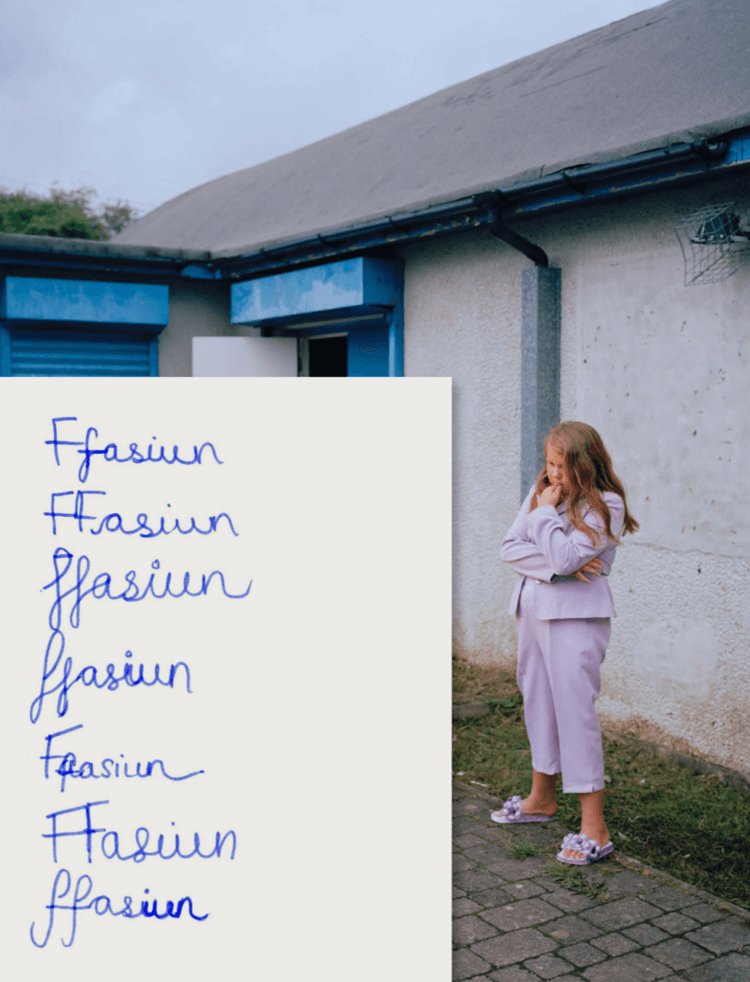
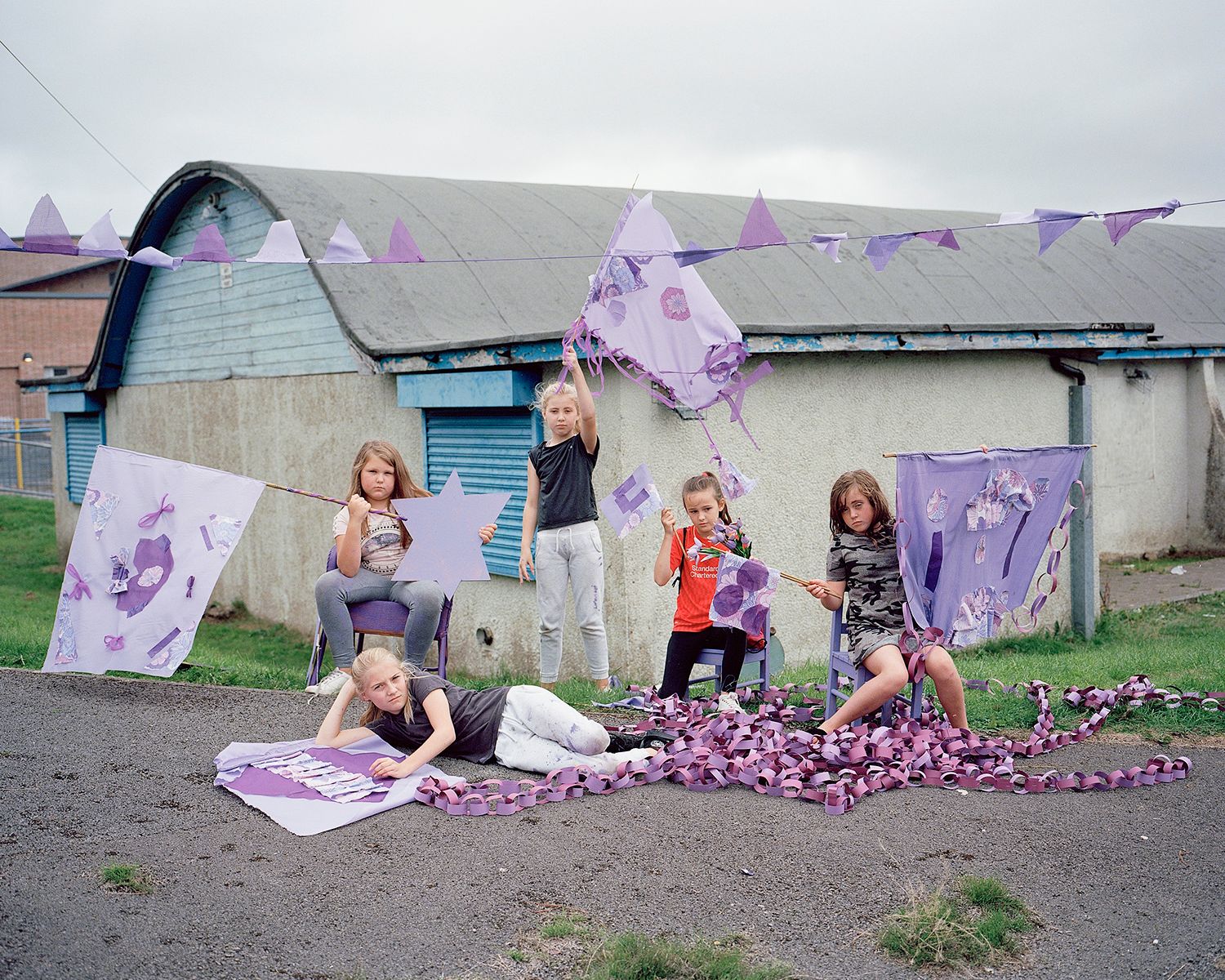
CJ: You also need to be thinking about where this image is going to go, and that person needs to understand that potentially that is going to happen with their face and be a part of that. Especially working with young people.
LB: How do you get that across to the young children, do you think they understand how their photos get disseminated?
CJ: When we first started, we didn’t know how popular it was going to be, but when we realized we were making work which we were really happy with, and it was going to be ongoing. They were very aware when we did the summer school that the end result was going to be a magazine, then an exhibition. The parents need to know and agree, but they love modeling, for them it's really exciting. They message us all the time asking when the next shoot is going to be, but none of them share the images on social media.
CS: Often we don’t consciously seek out these relationships; it just grows naturally. I don’t think unethical photography makes much sense now. Thinking about a photographer like Diane Arbus, for example. I love her work, but I know people are criticizing her more and more now. I don't even know if her work is genuinely unethical because we don't know the kind of relationships she had with the people.
CJ: It was a different time — politically and in everything else. You can't even compare a photographer’s work from then to now because everything changes and moves on.
LB: Susan Sontag said in the 70s, “The camera is a kind of passport that annihilates moral boundaries and social inhibitions, freeing the photographer from any responsibility toward the people photographed.” That's the way people used to operate. If I'm taking a photo of you, you instantly go from person to subject, subject to object. In that way it’s perhaps voyeuristic. Voyeurism can mean you’re changing the perception of a person through someone’s gaze. Your work is situated in an intersection of a few different gazes — the female gaze, the working-class gaze, and the Valleys’ community gaze. Going back to the Susan Sontag quote, do you think someone taking photographs with a camera allows them to drop the boundary?
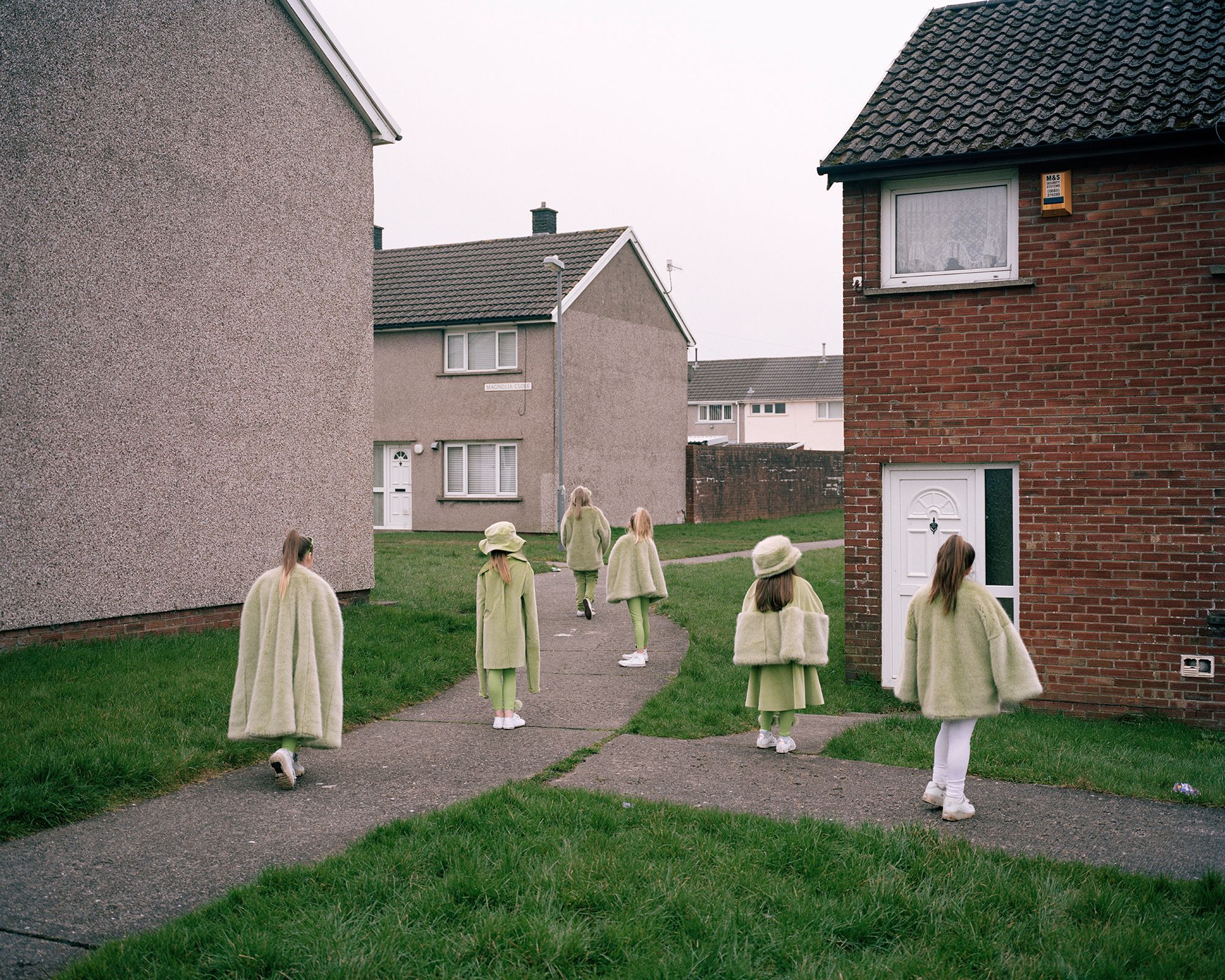
CS: Susan Sontag was highly critical of documentary photographers. She was one of the voices against documentary photography at that time. Photographers have a responsibility, and I feel that responsibility when I take pictures of children. For example, my brother just had a kid, and I've been taking lots of pictures of his daughter, my niece. I asked my brother, “Can I put them online?” He said, “No. I don't want pictures of my daughter online.”
Photography changed from the moment the internet arrived. Putting a picture up of a child online is not the same as before, and that's why we have to be much more careful. Before photography was online, it was completely different. Showing your work in a gallery or in a museum was not the same thing. With social media today, every time I take a picture, people ask, “Where are you putting the picture? Don't put them on Facebook.” I always asked the parents; I always get the email and try to send them a picture.
It's nice if you can make work that also benefits the person you're photographing —send them a print or a picture. It’s the best gift for them. Many people have a love-hate relationship with documentary photography. And lots of people have also criticized it. Still, deeply, I believe documentary photography is important, and you should let photographers express themselves as much as possible, whilst making sure photographers don't exploit anyone. I was reading an interview with Sally Mann, and someone asked her, “I want to take pictures of my kids. Do you think it's a good idea?” She said, “Don't do it. The internet changes everything. If I had to start a career now, with the internet, I wouldn't be able to do it.” We live in a different time, we have to come up with new ways of working with people.
LB: How do you think fashion plays into this kind of social representation? Do you think fashion helps to give your subjects agency and become active in the process?
CS: For sure. With our project, fashion helps to transform the kids’ identities, while making them active participants of the project. Do you think this project would work without the fashion element, Charlotte?
CJ: Without the fashion element? No, I don’t because it transformed the children in their environments. It was the workshops that formed the collaboration. Whatever form those workshops came in, introducing them to photography or fashion helped nurture a relationship with them and not just document them on the streets.
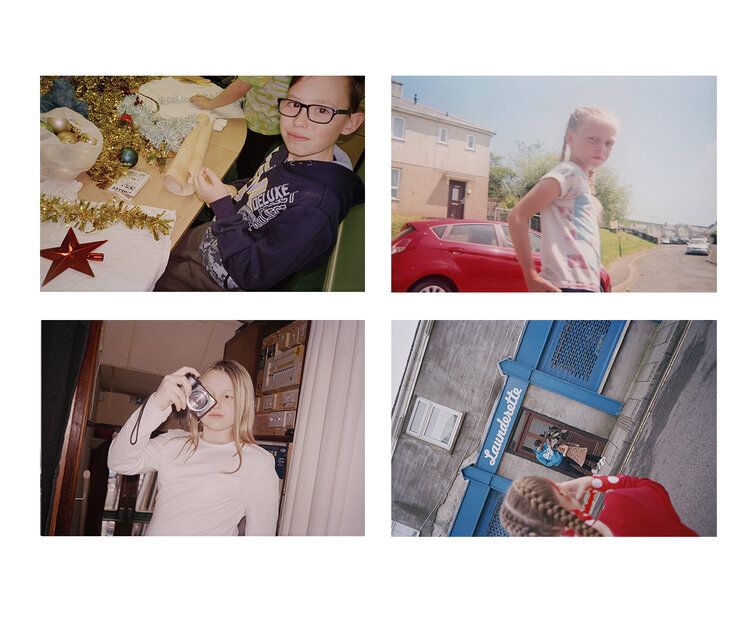
CS: Does fashion really help?
CJ: In the way we did it yes, but I'm not going to say on the whole. This fashion-documentary mix is a bit posed a lot of the time. We were working with second-hand clothing, it was about dress-up and escapism, encouraging these young people to be creative and explore different parts of themselves rather than just selling a piece of clothing.
LB: So, you're talking about this disconnect that sometimes occurs when fashion and documentary photography are forced together. Do you think that also sometimes occurs when you work on more commercial projects?
CJ: For the collaboration we engaged in with McQueen, for example, it wasn’t forced. When it was just us and the youth centers, we were working with clothes in a different way than we would with a brand. We can only bring our ethics to the brand and say, “This is how we want to work.” McQueen, for example, delivered workshops and introduced the young people to things we didn’t have access to. It was amazing because all the young people got to meet and work with people from the brand, which was probably more exciting than working with us. The project was able to progress in a new form that we never expected.
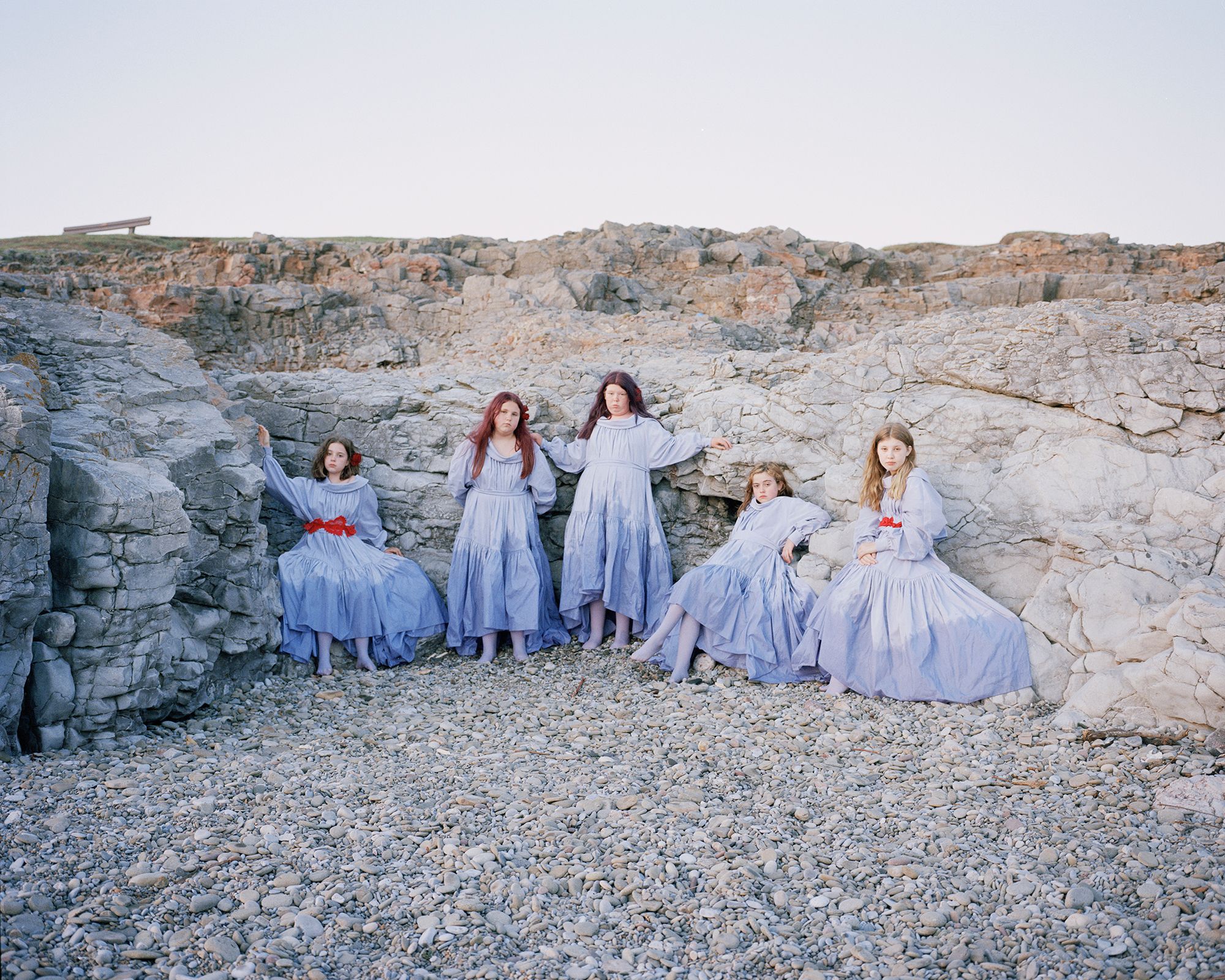
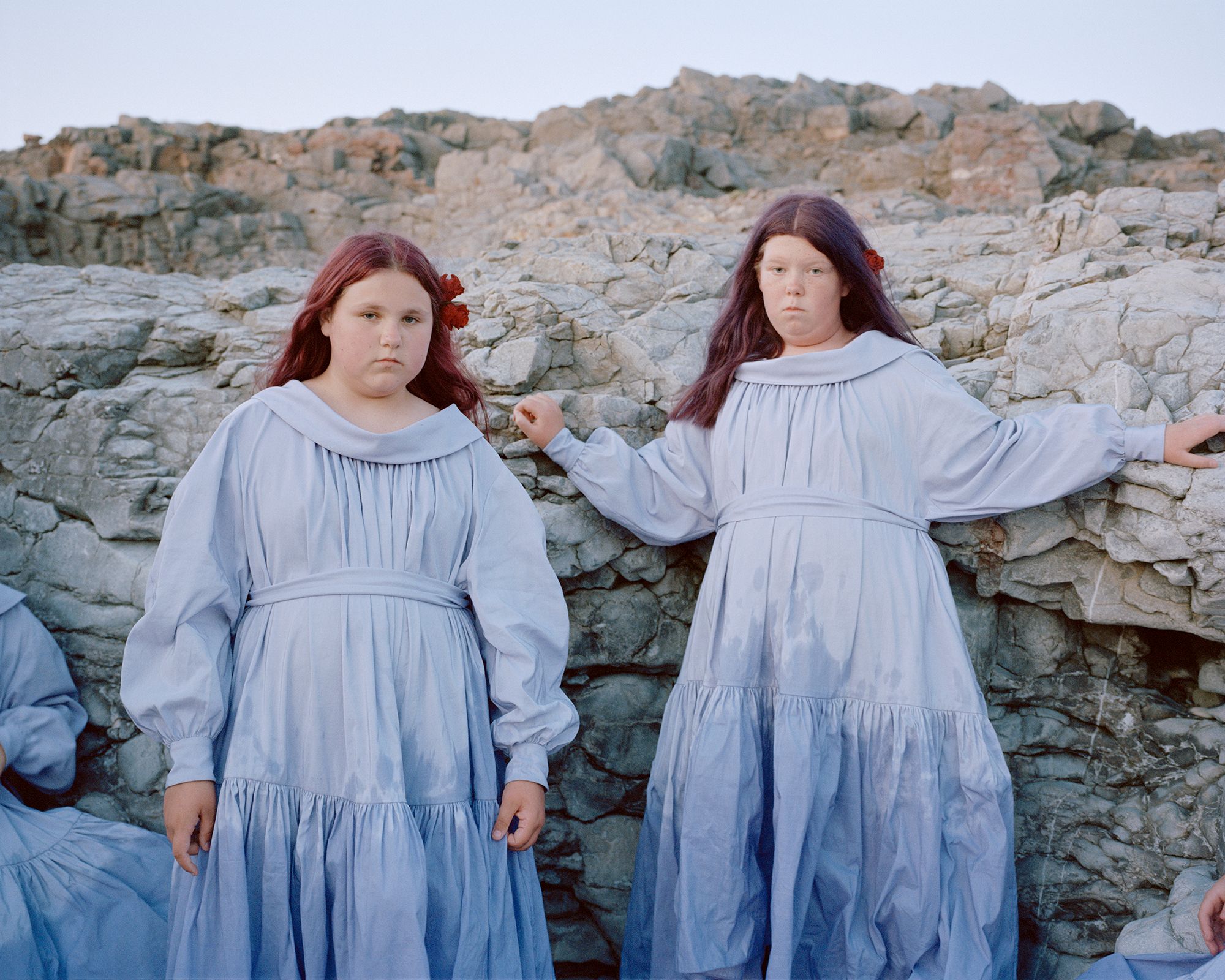
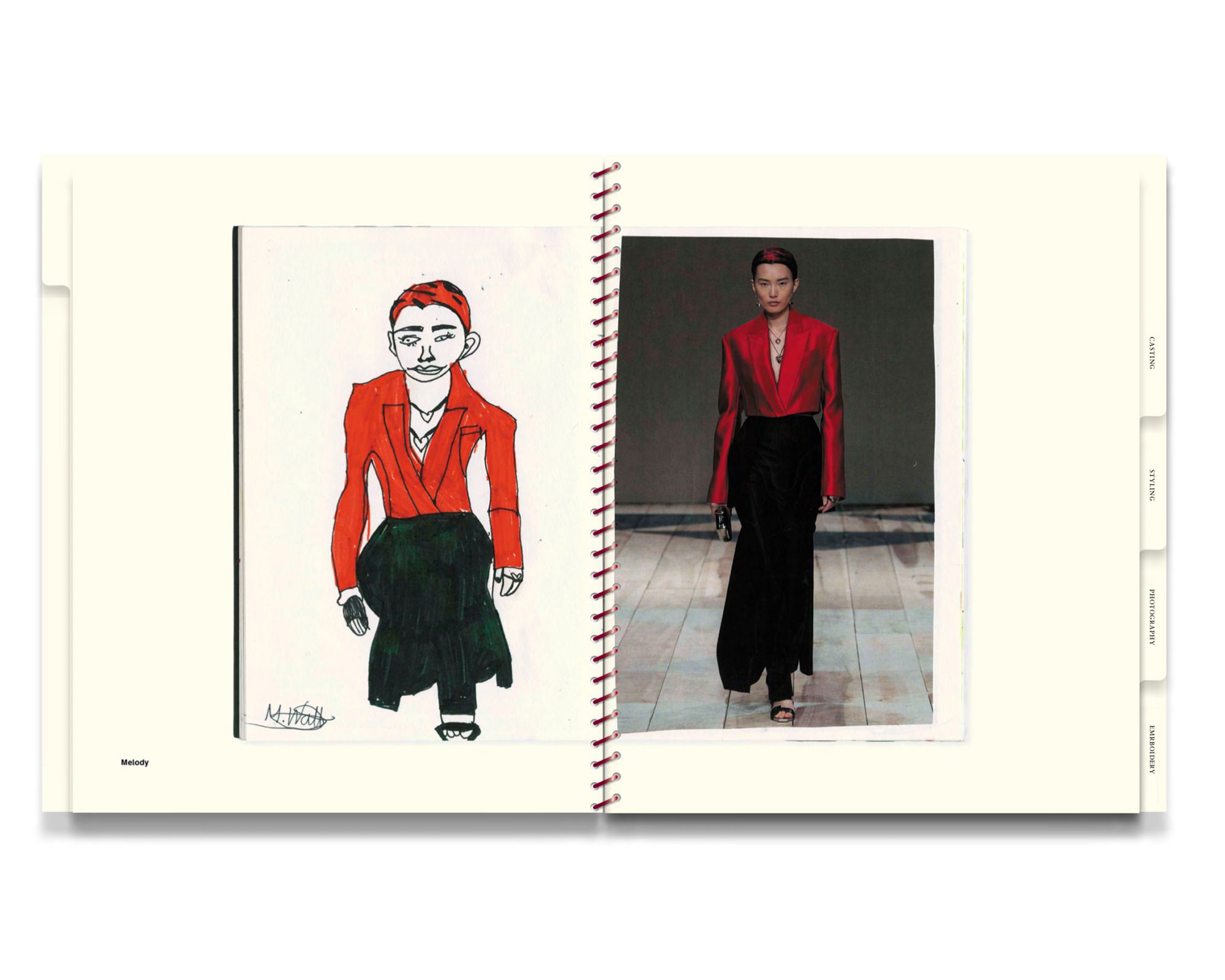
CS: What we've done with McQueen was a really great commercial opportunity and at the same time a meaningful project — out of a personal practice.
CJ: We were very focused on delivering the workshops and producing the outcome we wanted. We have been strict about the kids’ creativity coming through in the project whether that’s them writing, collaging, drawing, etc. We've constantly been questioning how we operate, which is just within us. It applies to all parts of our life. I’ve worked with a lot of people who don't really give a shit — the outcome is their goal, and they do their thing without giving a shit. That works for them, but for us we question ourselves all of the time — sometimes a bit too much.
CS: When you ask about ethics it’s something about your life in general, isn't it?
CJ: Creatives struggle to commit to long-term projects, it’s hard. Social media has shifted the idea of what documentary photography is.
CS: Now you can make a book with a story you've shot in one week.
CJ: Now when people make a book, they go to one place and finish the project in a week. Then its published and presented like they got to know the people and the community. I don’t know how you could even scratch the surface.
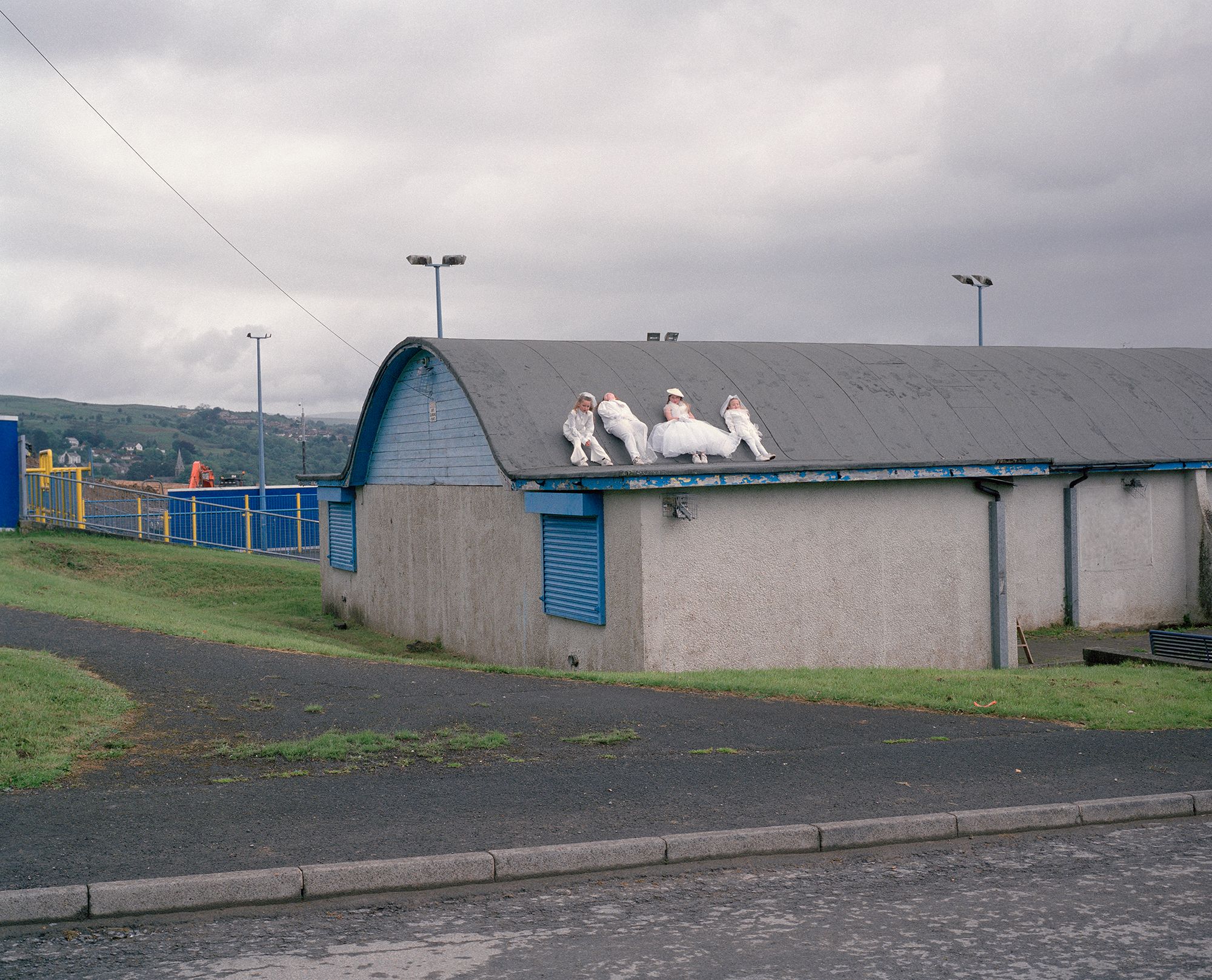
LB: I’m not sure people always appreciate the time that has to go into a work. Everyone has a camera on their phone, and perhaps because photography technologies have changed, people see it as much more of an instantaneous thing that they should receive and produce instantly.
CJ: There are many elements to that. One is social media. You feel like you need to be sharing and posting new work all the time. It’s not because the artists want to. They just have to in order for them to make a living.
CS: When you're trying to make a living people are like, “Post, post, post. You should post more work online.” So, you've got it in the back of your head all the time.
CJ: Clients don't want commercial work from you anymore — they want your personal work. 20 years ago, your personal work and commercial work was more separated, but now both have merged. There’s a pressure to produce all this amazing personal work and share it. Personal work is growth. It needs to be worked at and developed over time. It’s not instant, and you need space to make mistakes and grow.
CS: That's probably why the idea of spending five to ten years on a project seems completely crazy. How are you supposed to make a living?
CJ: We made the decision to live in a cheaper place to make long-term work without the pressure of trying to make a living in a major city. If we were living in London, we'd never be able to make our work because we'd just be trying to generate enough money to pay high rent costs and everything else. I don't understand how people can do both unless they are from a more privileged background. But nobody talks about that. You are expected to live in London and do personal projects and commercial work.
CS: There comes a time when you need to choose one or the other. That's the conclusion we came to. We thought we would try to do both for a long time, but if you really want to succeed in one of the two, you need to use one hundred per cent of your energy and time.
CS: We basically spent all of our 20s on that project, in the Valleys.
CJ: Clémentine’s from Paris, and now she lives in Abertillery. [Laughs]
CS: But we had the time of our life doing this project — it’s an amazing experience. It’s also inspired the topic of my PhD, about photographing children and the corresponding ethics and narratives. There is a historical part where I look at various historical moments where children were massively represented, such as in photographs of the Farm Security Administration in America and post-war Britain until the 80s. I wanted to understand the links between innocence, deprivation, and childhood in photography. I also looked at more contemporary photographers such as Andrea Modica and Alessandra Sanguinetti or Wendy Ewald, and how they collaborated with youth in various ways.
Photographers have always loved photographing children, but we’ve reached a point now since the late 80s and 90s, where photographing them is hardly possible. There was some kind of naivety about photographing children before it was never seen as an issue. But with the internet, understandably, it’s become tough. That's why it's interesting now to have all these photographers making more collaborative works and trying to find new ways to work.
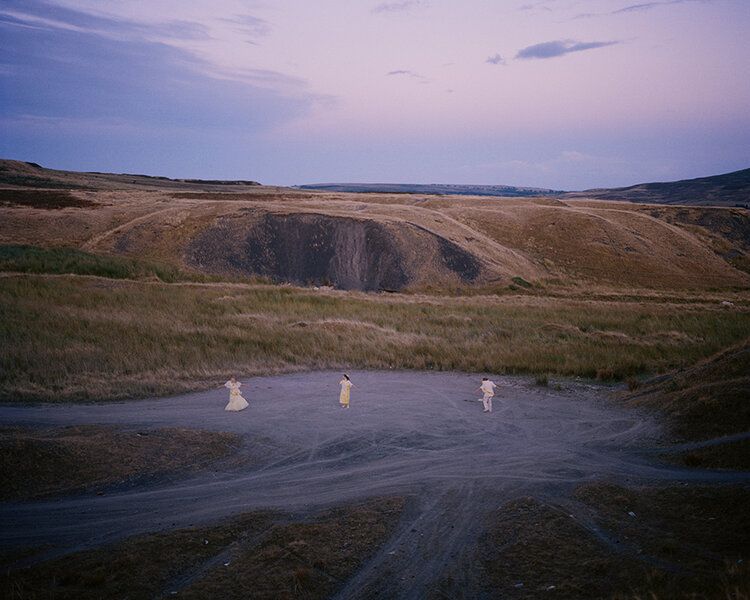
CJ: We’re continuing the project now with a studio space called Ffasiwn Studio. We want to keep this concept of the workshop, and find new ways of working, and see if we can expand what we do. Right now, it’s open for collaboration. But we also will continue working with the same young people.
LB: Where is it going to be? Merthyr?
CJ: — Paris, London.
CS: And Caerleon as well.
Credits
- Text: Lucy Broome
- Creative Direction: Charlotte James
- Photography: Clémentine Schneidermann
Related Content
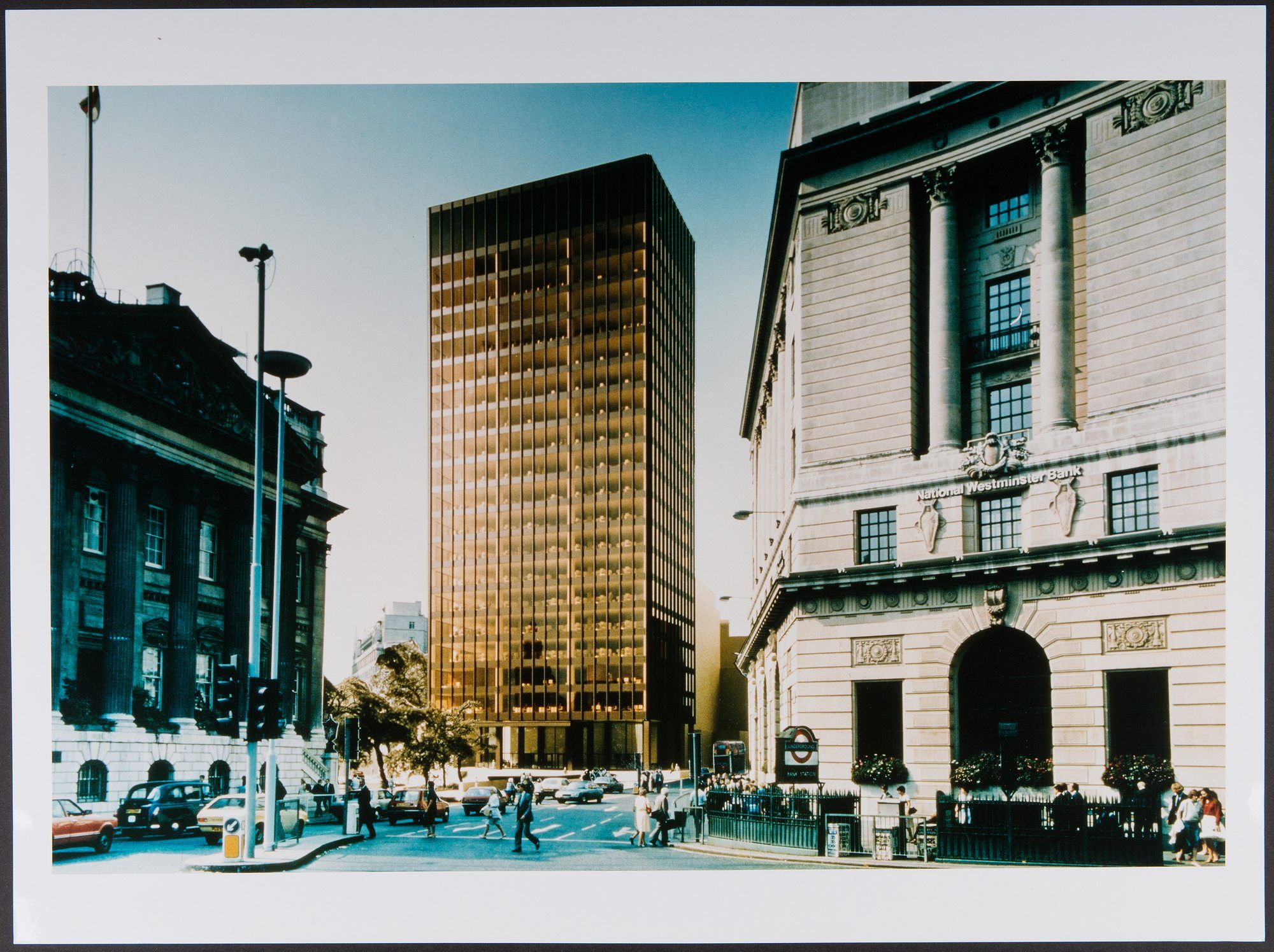
THE SPECTRE OF MIES OVER LONDON: JACK SELF Interviews LORD PETER PALUMBO
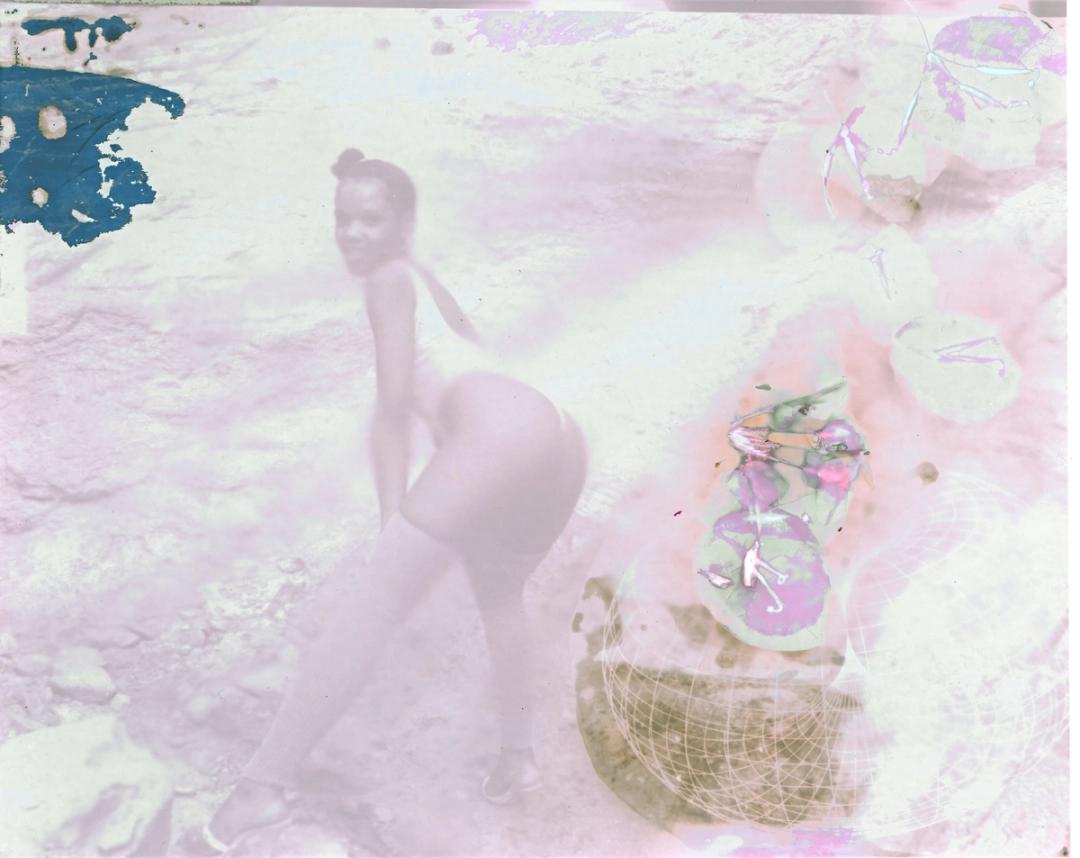
DEANA LAWSON: The Selection of Images
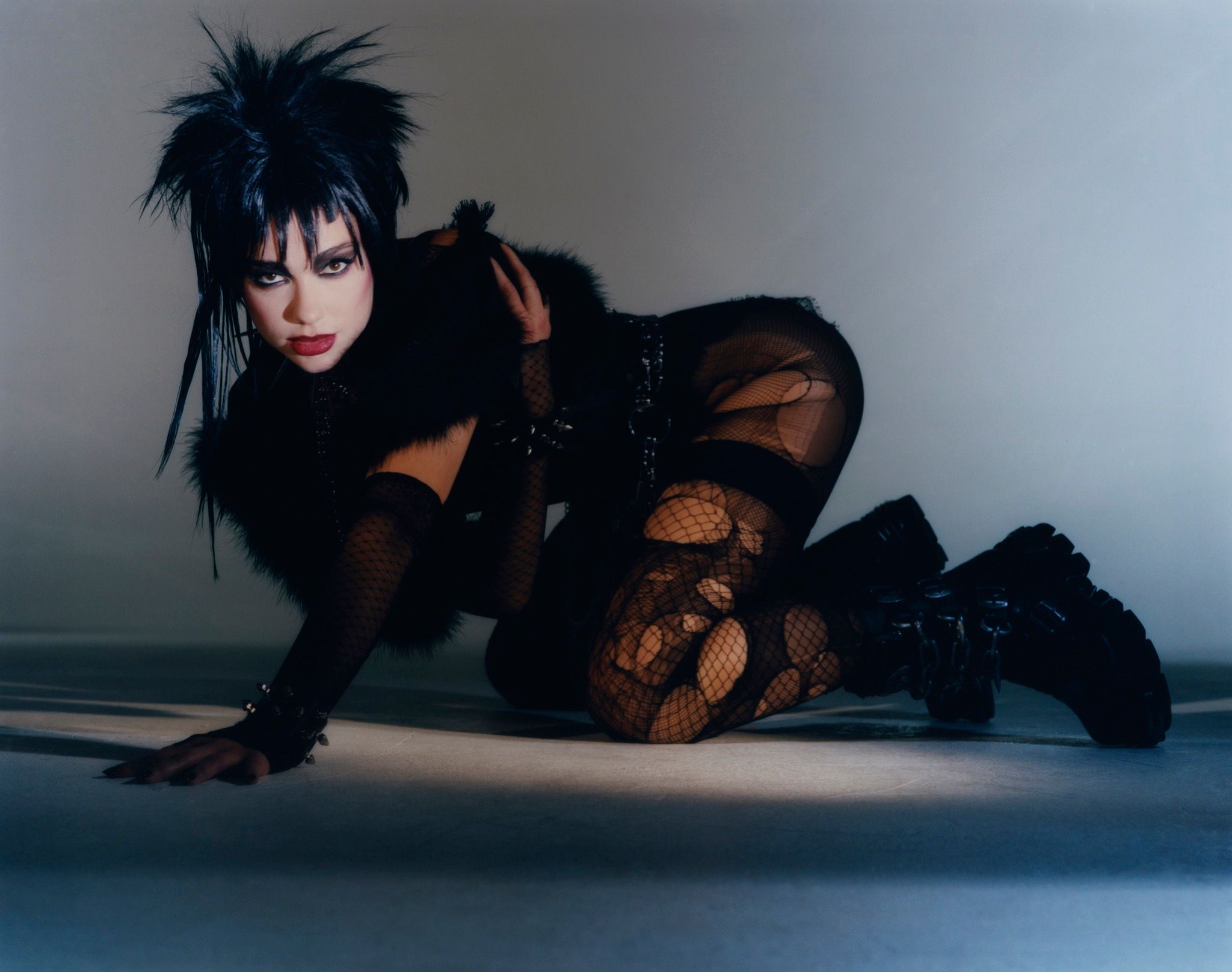
DUA LIPA, At Your Service
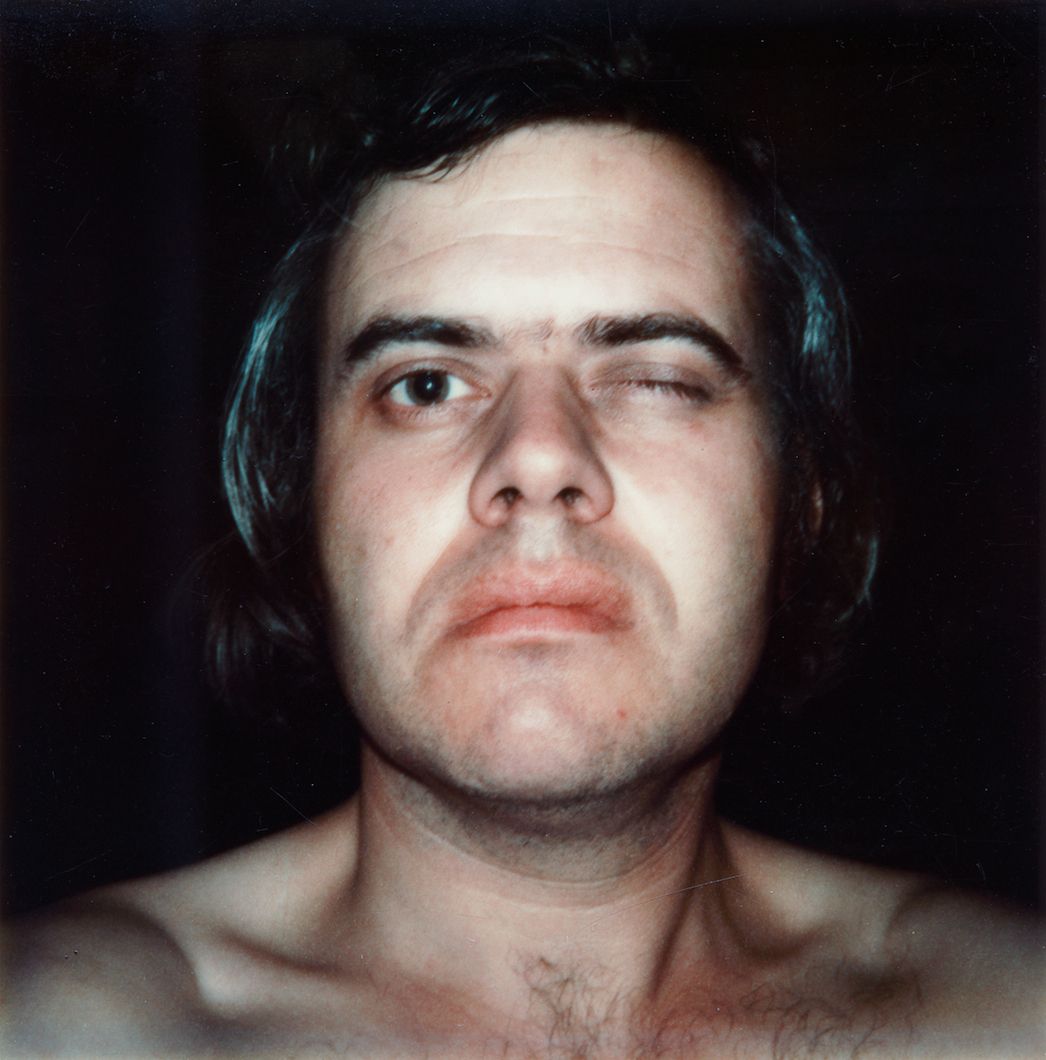
H.R. GIGER’s Private Life Was Just as Dark, Sexy, and Pop as His Art
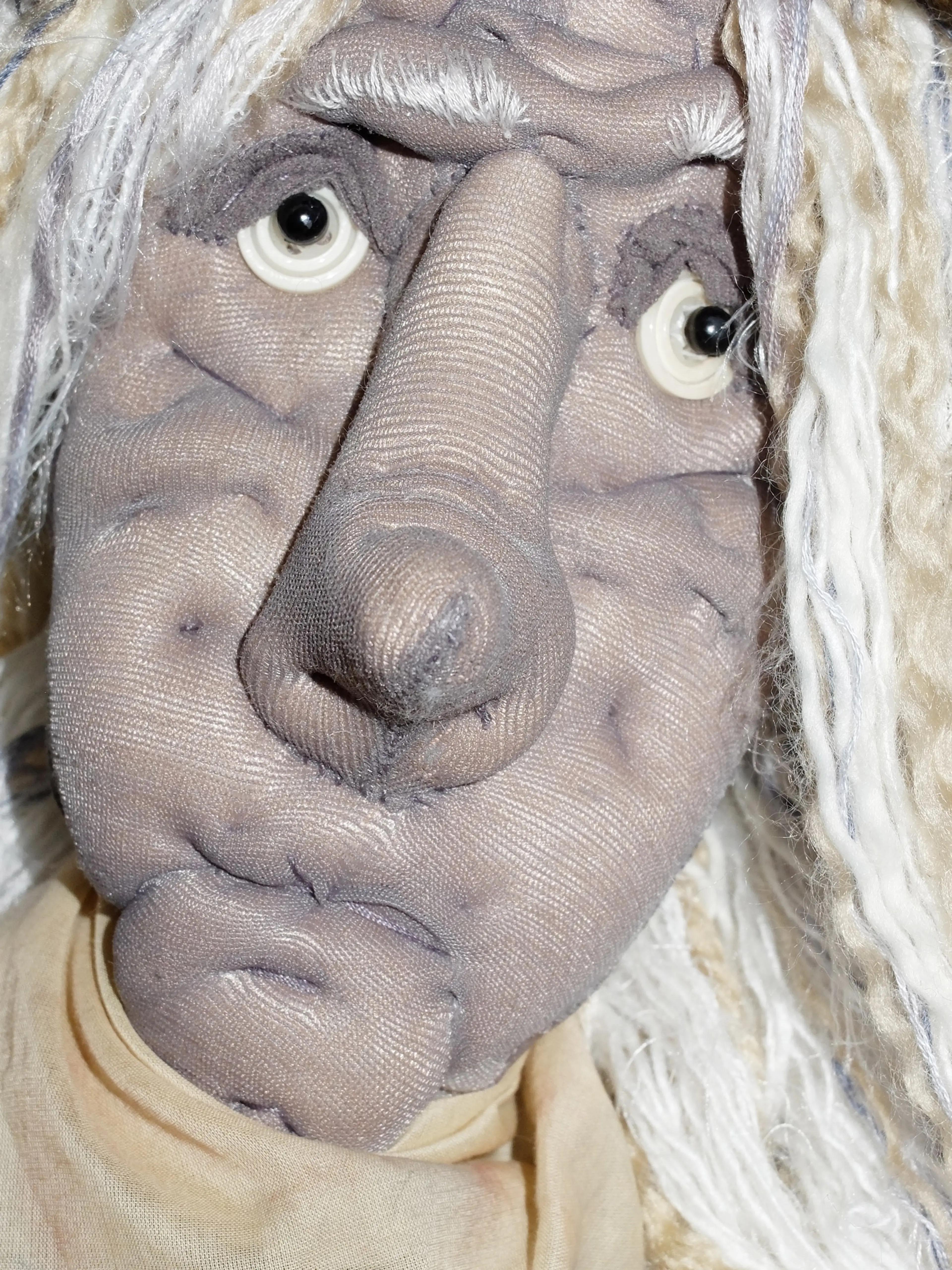
CHILD’S PLAY
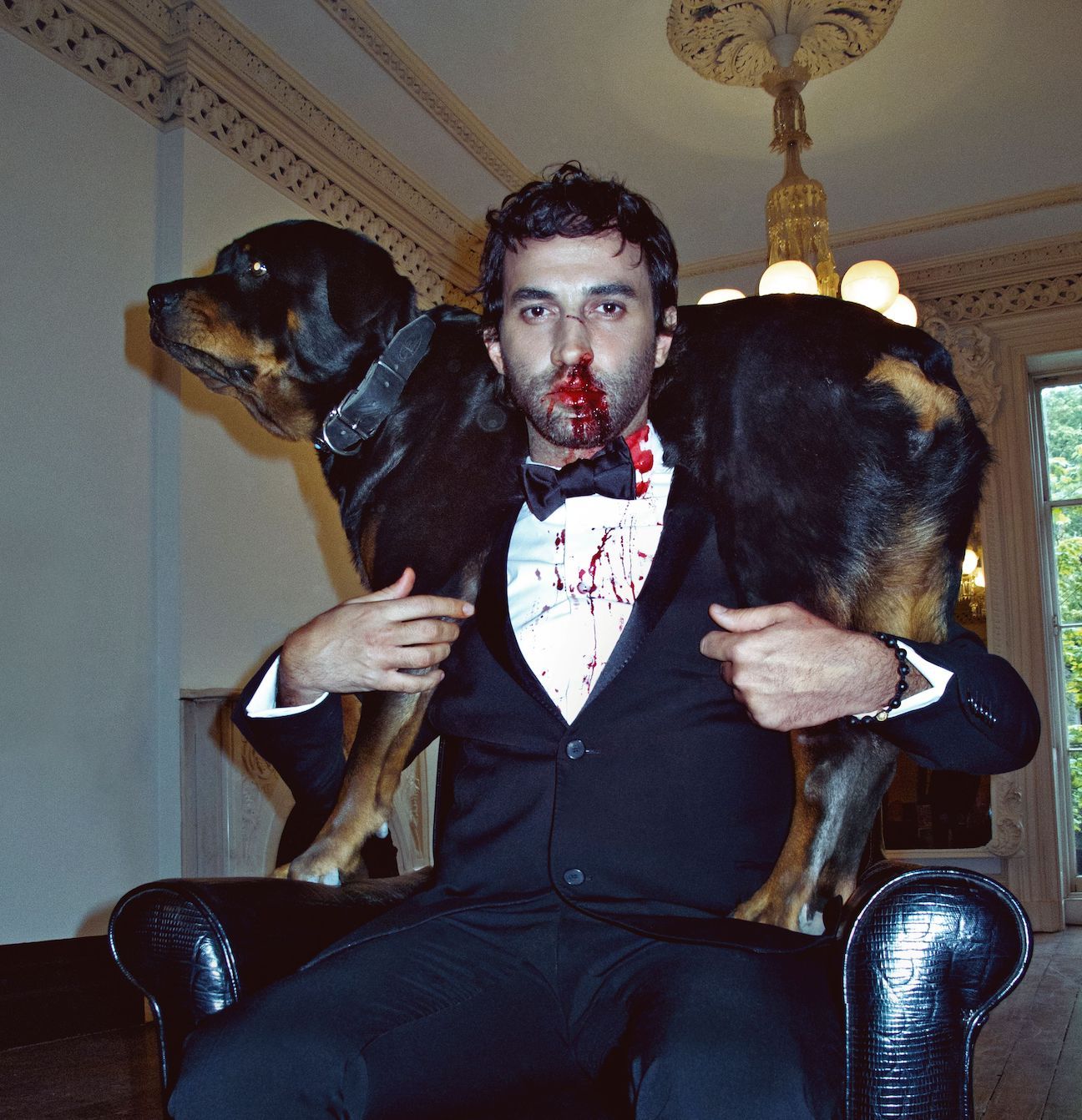
Origin of the Gothic and Sublime: Becoming RICCARDO TISCI
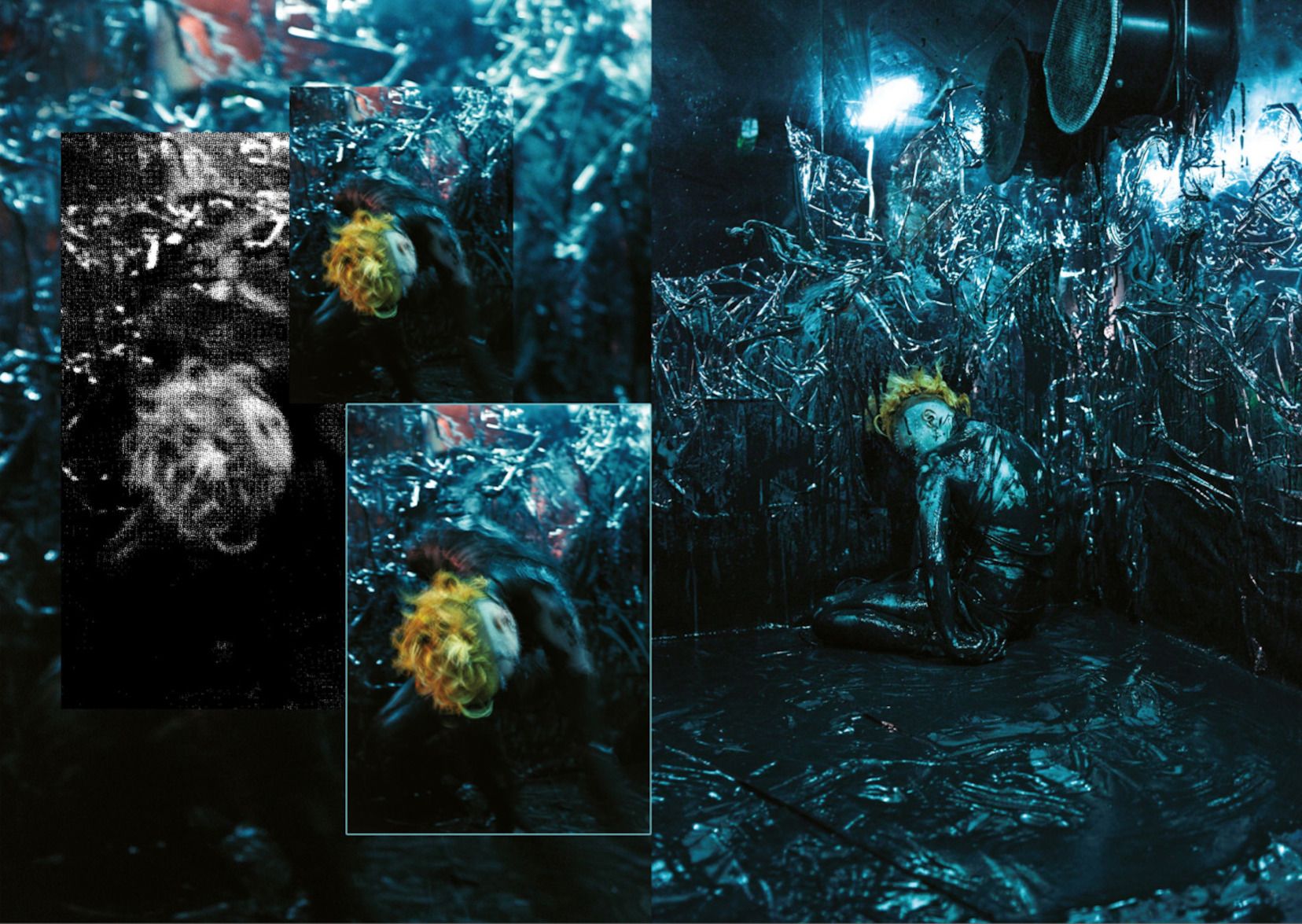
Monstrous Thoughts: Philosopher EUGENE THACKER on the “New Golden Age of Horror”
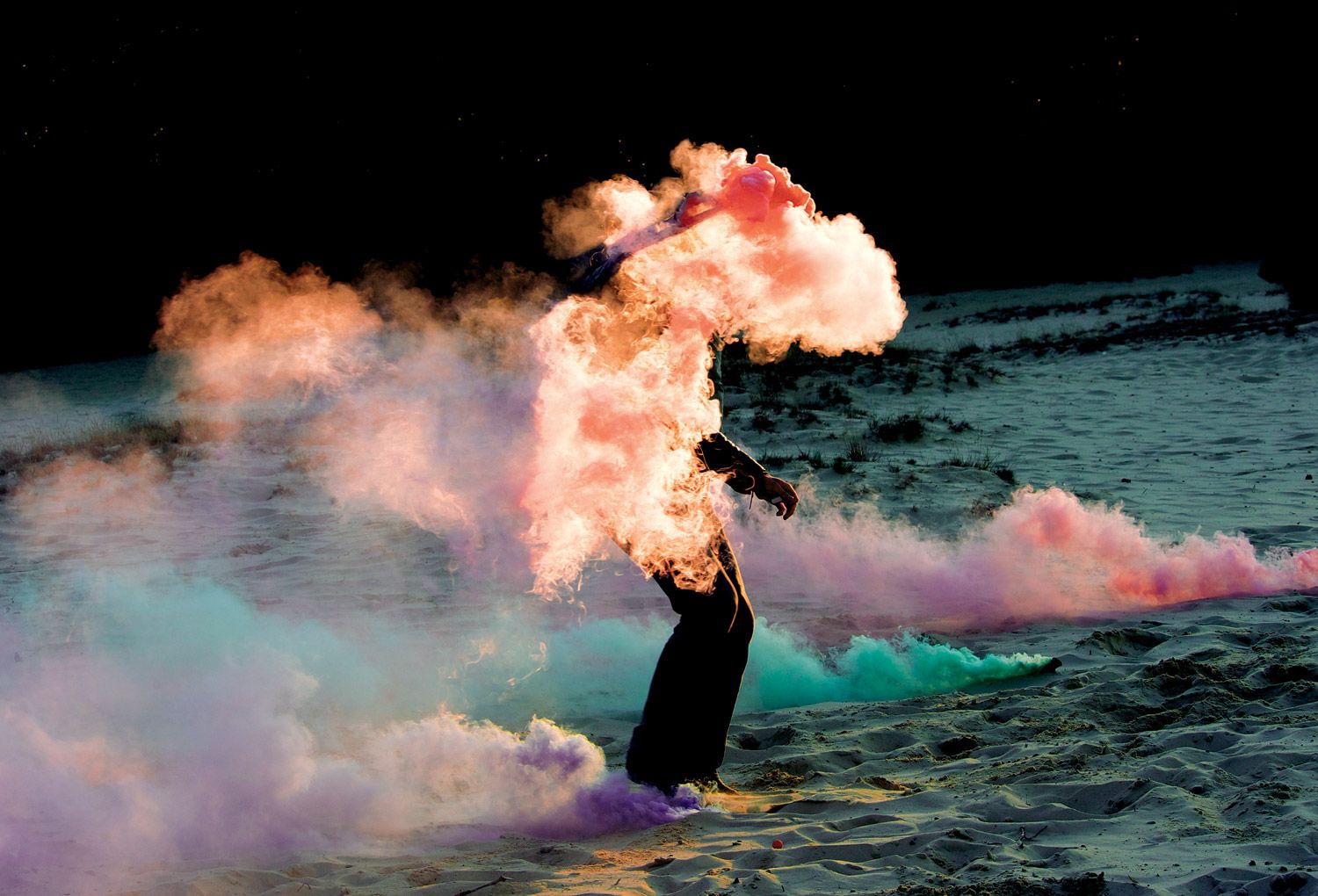
Topheadz
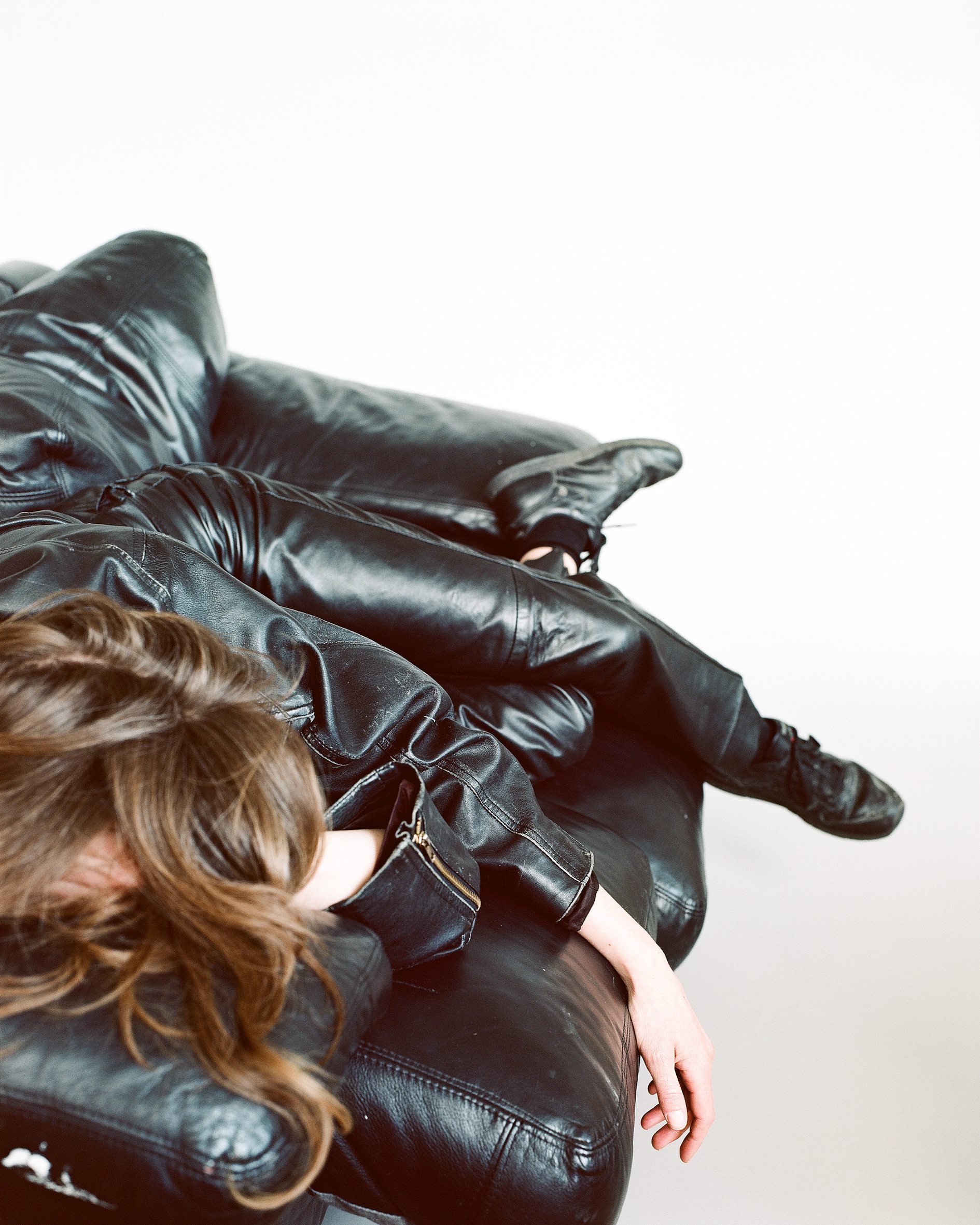
Romance & Power: RÓISÍN MURPHY
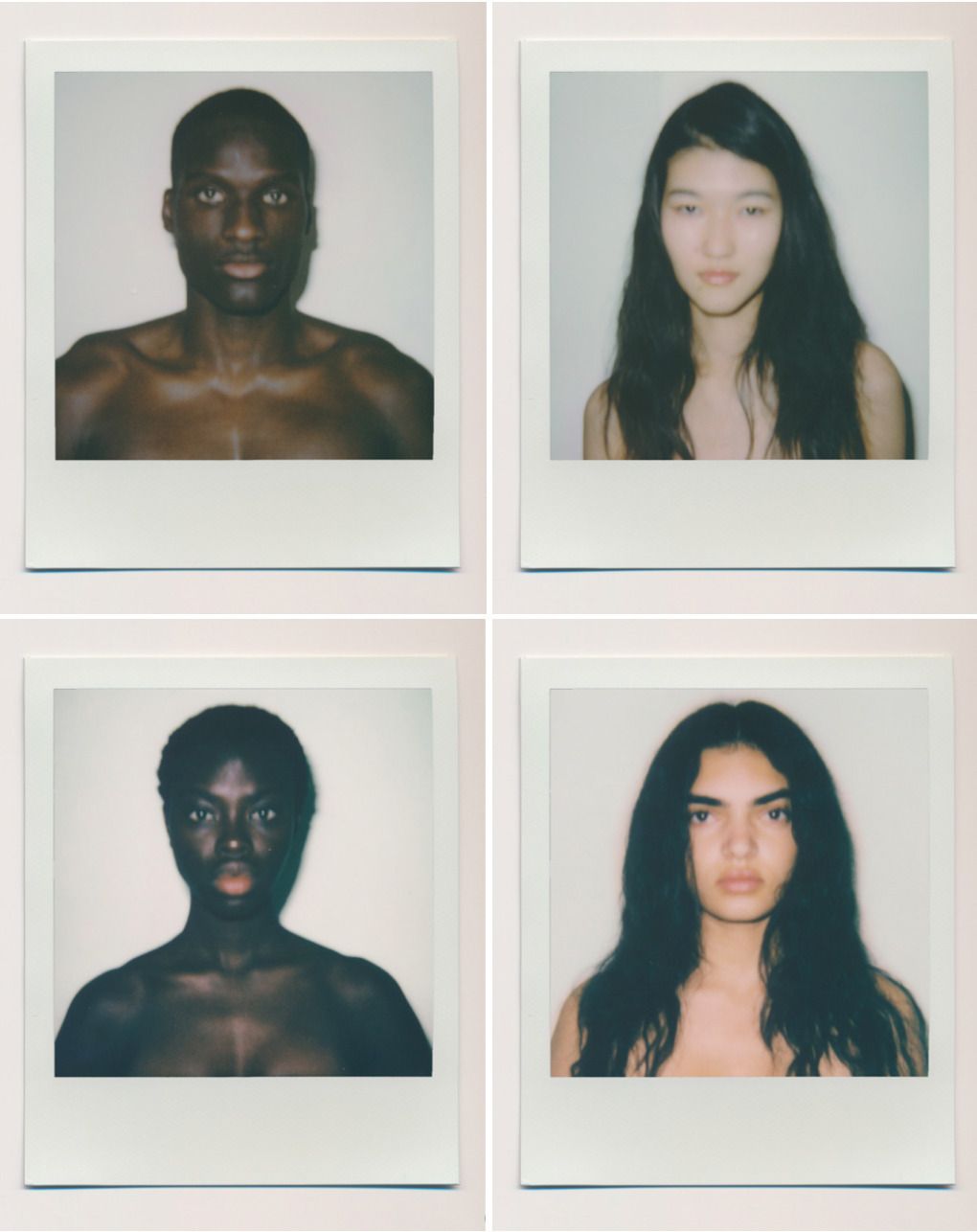
BERLIN by RICCARDO TISCI
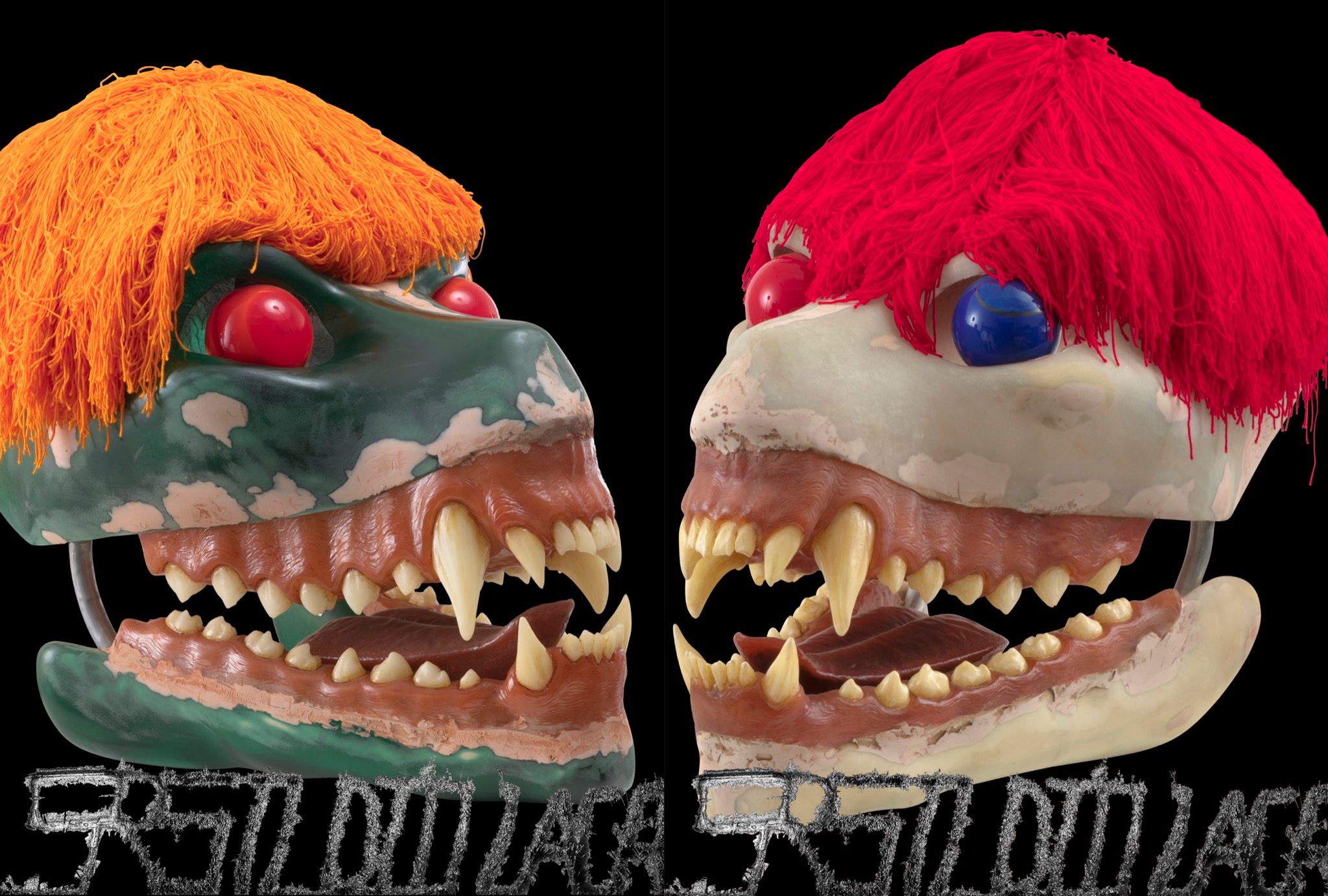
STERLING RUBY. STUDIO. LA. CA.